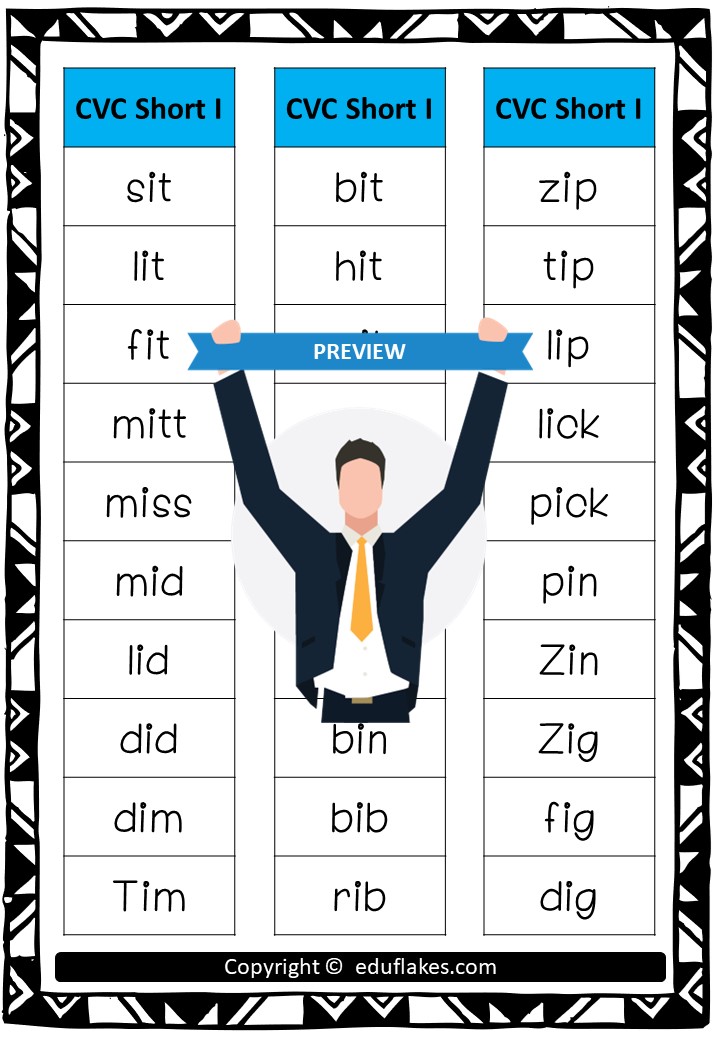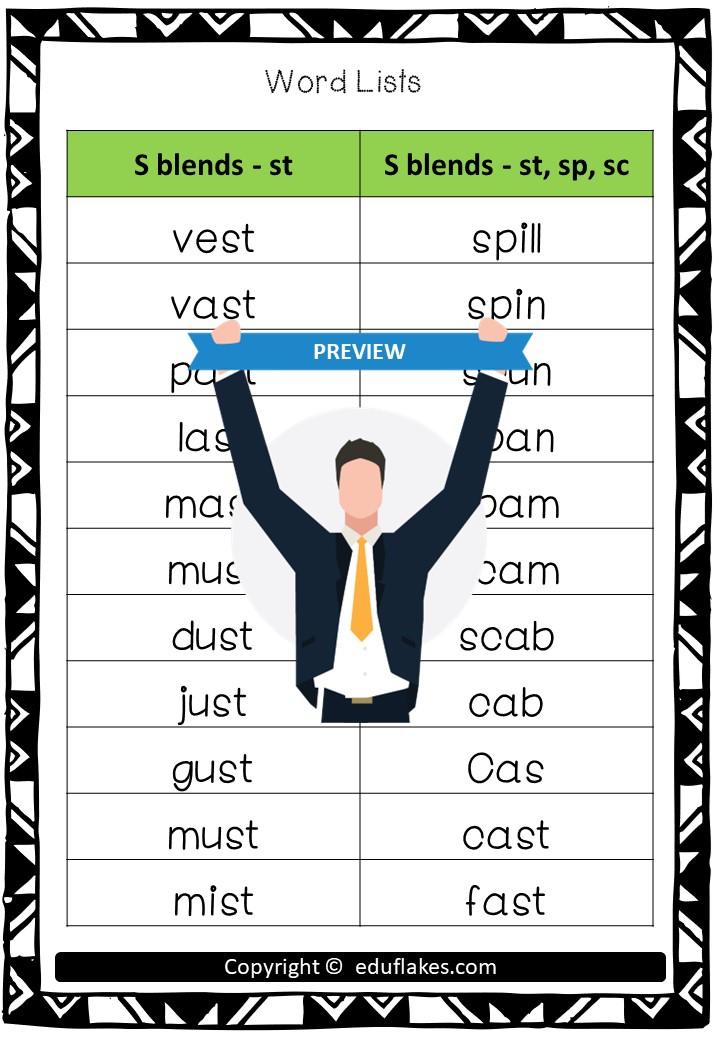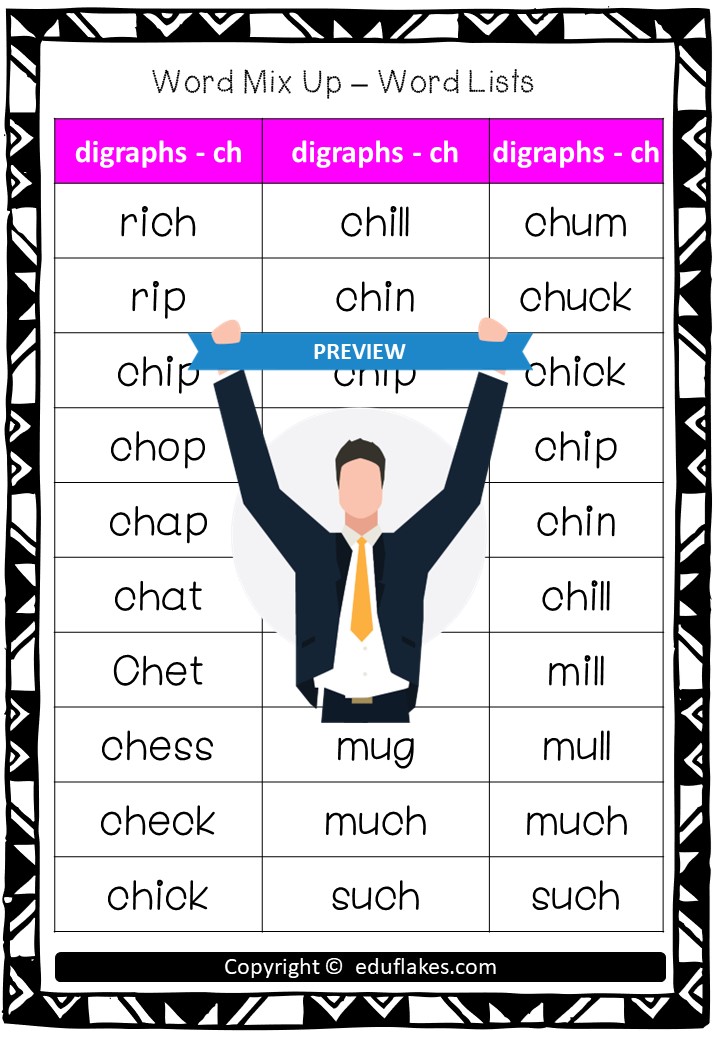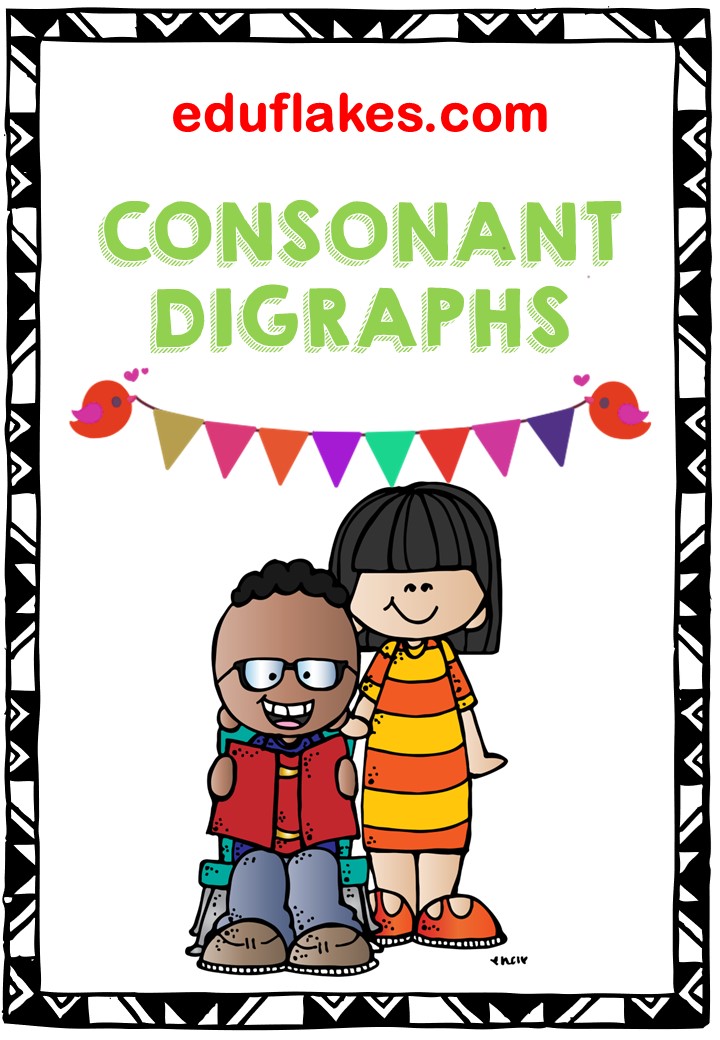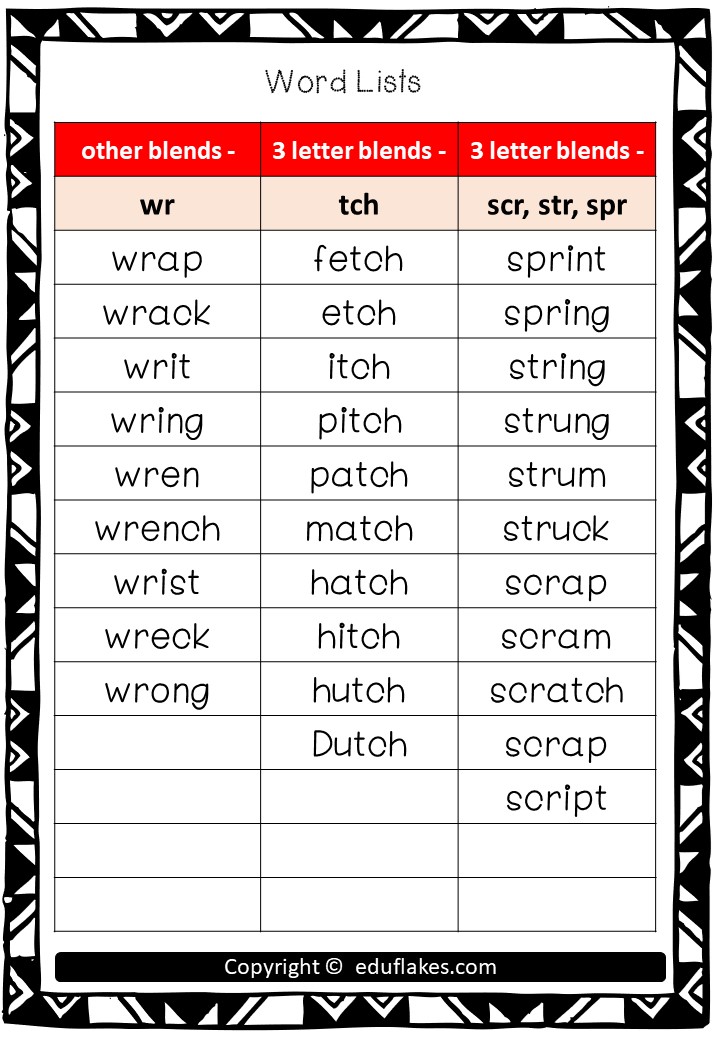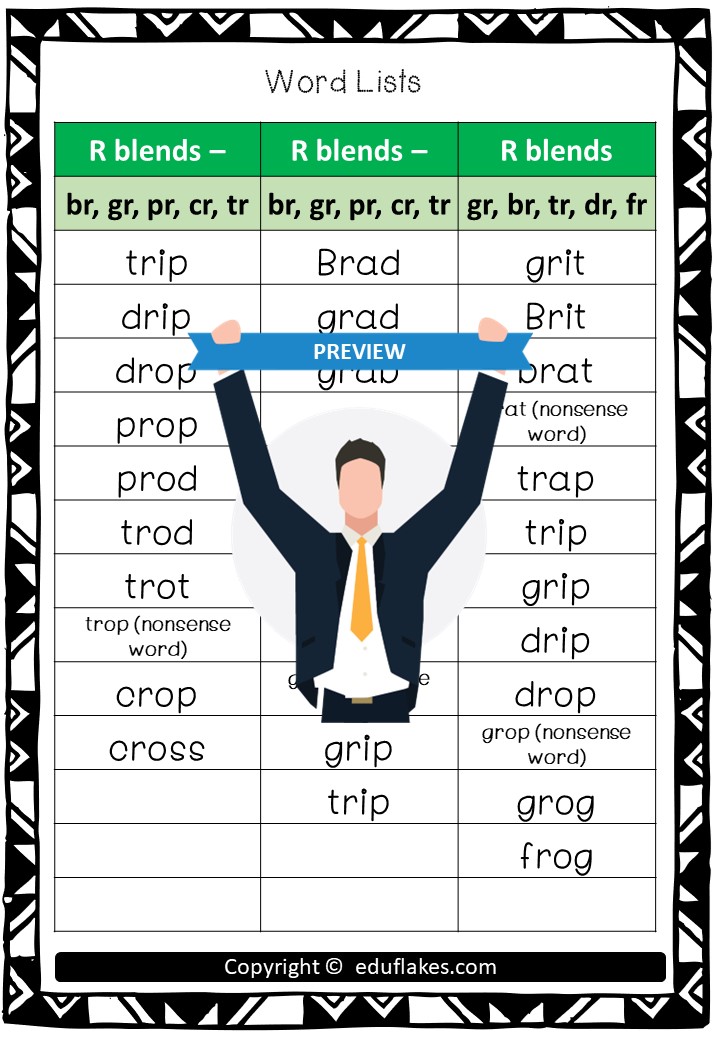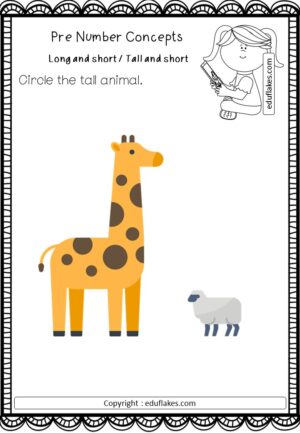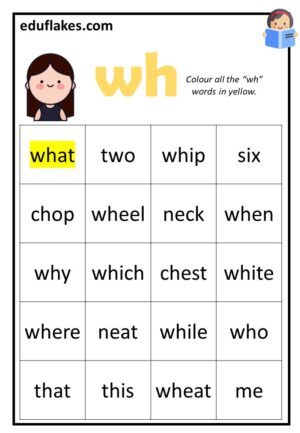Free CVC Digraphs Blends complete words list pdf
Free CVC, Digraphs, Blends complete words list pdf
CVC (Consonant-Vowel-Consonant) words are fundamental building blocks in early literacy development, serving as the foundation for children to become confident readers and spellers. As a teacher, understanding how to effectively teach CVC words is essential for fostering literacy skills in young learners. In this comprehensive guide, we’ll explore what CVC words are, why they are important, and strategies for teaching them effectively in the classroom.
What are CVC Words? CVC words are three-letter words consisting of a consonant, a vowel, and a consonant, in that order. Examples include “cat,” “dog,” “hat,” “pen,” and “sun.” These words are simple yet crucial for early readers as they provide an introduction to blending sounds and decoding words.
Why Are CVC Words Important?
- Foundation for Reading: CVC words lay the groundwork for decoding and reading more complex words. By mastering CVC words, students develop essential phonemic awareness skills, enabling them to recognize and manipulate sounds in words.
- Building Fluency: Practicing CVC words helps students become fluent readers by improving their ability to decode words quickly and accurately. Fluency is a key component of proficient reading and comprehension.
- Spelling Skills: CVC words provide opportunities for students to practice spelling patterns and phonetic rules, which are essential for spelling success. By mastering CVC words, students gain confidence in their spelling abilities.
Strategies for Teaching CVC Words:
- Multisensory Approaches: Engage students’ senses by incorporating hands-on activities, such as using manipulatives (e.g., letter tiles, magnetic letters) to build CVC words. Allow students to touch, move, and manipulate letters to form words, reinforcing kinesthetic learning.
- Word Families: Introduce CVC words within word families (e.g., -at, -og, -in) to demonstrate common phonetic patterns. By exploring word families, students can recognize similar spelling patterns and apply them to new words.
- Phonics Games: Make learning CVC words enjoyable with phonics games and activities. Incorporate games like “Word Bingo,” “Word Memory,” or “I Spy” to reinforce CVC word recognition in a fun and interactive way.
- Word Building: Provide opportunities for students to build CVC words independently using letter cards or writing tools. Encourage students to sound out each letter and blend them together to form words.
- Decodable Books: Use decodable books that feature CVC words to provide reading practice. Decodable books contain controlled vocabulary that aligns with students’ phonics skills, allowing them to apply their knowledge in context.
Tips for Differentiated Instruction:
- Small Group Instruction: Conduct small group lessons tailored to students’ individual needs. Provide targeted support and feedback based on students’ progress and areas for growth.
- Visual Supports: Use visual aids such as word cards, posters, or anchor charts to reinforce CVC word recognition. Visual supports help students make connections between letters and sounds.
- Modeling and Guided Practice: Demonstrate how to decode and read CVC words, then provide guided practice opportunities for students to apply the skill independently. Offer praise and encouragement to build confidence.
- Assessment and Monitoring: Regularly assess students’ mastery of CVC words through informal observations, assessments, or progress monitoring tools. Use assessment data to inform instructional decisions and provide targeted interventions as needed.
This is one PDF you must have as a parent or a teacher. This free 20 page PDF covers the following,
CVC Words list
- CVC Short A
- CVC Short E
- CVC Short I
- CVC Short O
- CVC Short U
Consonant Digraphs
- digraphs – sh
- digraphs – th
- digraphs – ch
- digraphs – wh
- digraphs – ph
Consonant Blends
- S Blends
- L Blends
- R Blends
- N Blends
- Other Blends




